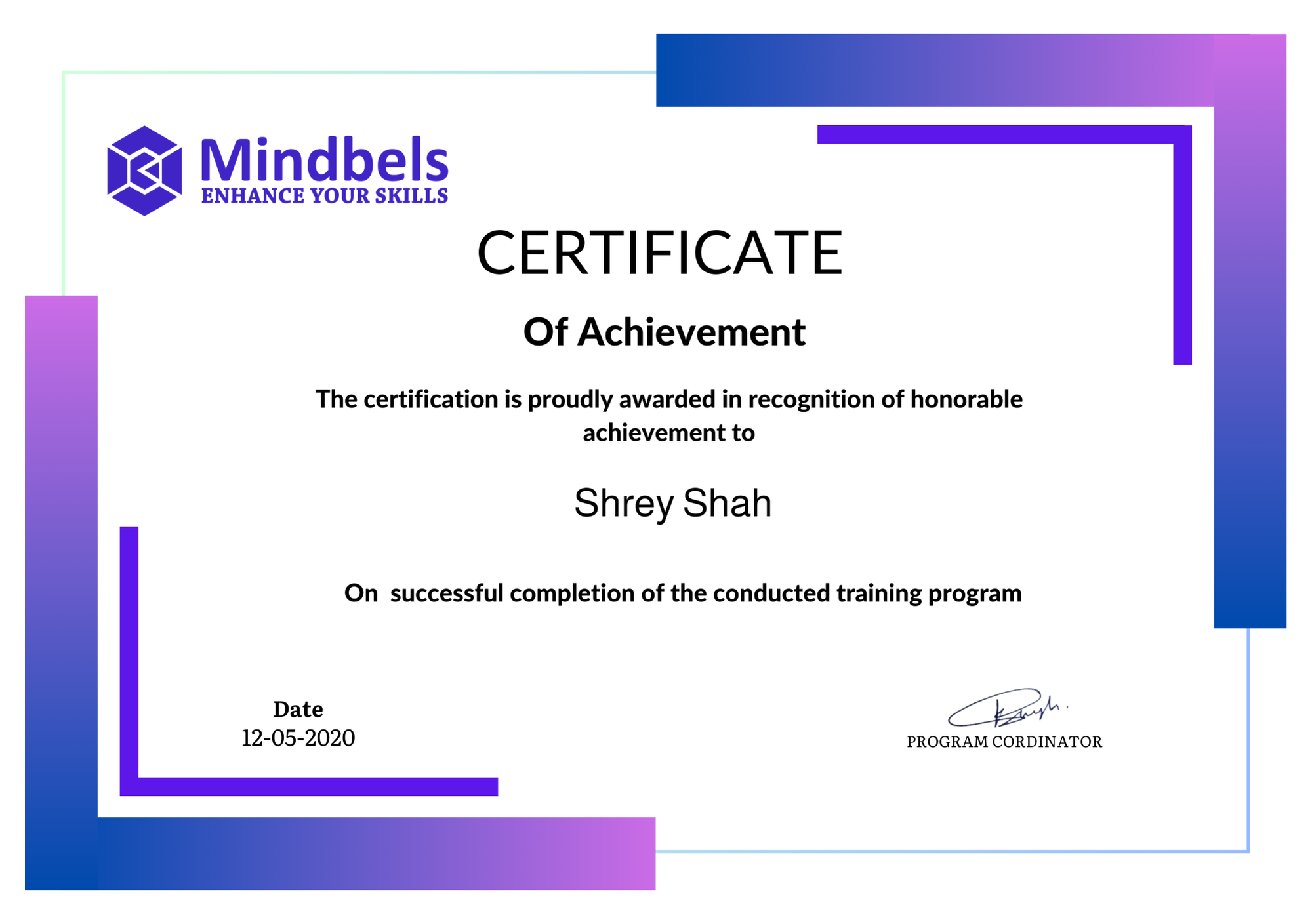Course Description
This course offers an in-depth exploration of Machine Learning (ML) using Python, a powerful and versatile programming language widely used in the field of data science and ML. Designed for both beginners and experienced professionals, this course will equip you with the knowledge and skills needed to implement machine learning algorithms, analyze data, and develop predictive models.
What you'll learn in this course?
Understand the concepts of Keras and TensorFlow, its main functions, operations, and the execution pipeline
• Implement deep learning algorithms, understand neural networks, and traverse the layers of data abstraction
• Master and comprehend advanced topics such as convolutional neural networks, recurrent neural networks, training deep networks, and high-level interfaces
• Build deep learning models using Keras and TensorFlow frameworks and interpret the results
• Understand the language and fundamental concepts of artificial neural networks, application of autoencoders, and Pytorch and its elements
• Troubleshoot and improve deep learning models
• Build your own deep learning project
• Differentiate between machine learning, deep learning, and artificial intelligence
Course Curriculum
• What is AI and Deep Learning
• Brief History of AI
• Recap: SL, UL and RL
• Deep Learning: Successes Last Decade
• Demo and Discussion: Self-Driving Car Object Detection
• Applications of Deep Learning
• Challenges of Deep Learning
• Demo and Discussion: Sentiment Analysis Using LSTM
• Full Cycle of a Deep Learning Project
• Biological Neuron Vs Perceptron
• Shallow Neural Network
• Backpropagation
• Role of Activation Functions and Backpropagation
• Optimization
• Regularization
• Dropout layer
• Deep Neural Network: Why and Applications
• Designing a Deep Neural Network
• How to Choose Your Loss Function?
• Tools for Deep Learning Models
• Keras and its Elements
• Tensorflow and Its Ecosystem
• TFlearn
• Pytorch and its Elements
• Optimization Algorithms
• SGD, Momentum, NAG, Adagrad, Adadelta , RMSprop, Adam
• Batch Normalization
• Exploding and Vanishing Gradients
• Hyperparameter Tuning
• Interpretability
• Success and History
• CNN Network Design and Architecture
• Deep Convolutional Models
• Sequence Data
• Sense of Time
• RNN Introduction
• LSTM (Retail Sales Dataset Kaggle)
• Word Embedding and LSTM
• GRUs
• LSTM vs GRUs
• Introduction to Autoencoders
• Applications of Autoencoders
• Autoencoder for Anomaly Detection
LEARN AT YOUR OWN PACE
Training Options
Discover our range of training programs and choose the ones that suit you best. Enroll today and begin your learning journey with us!



